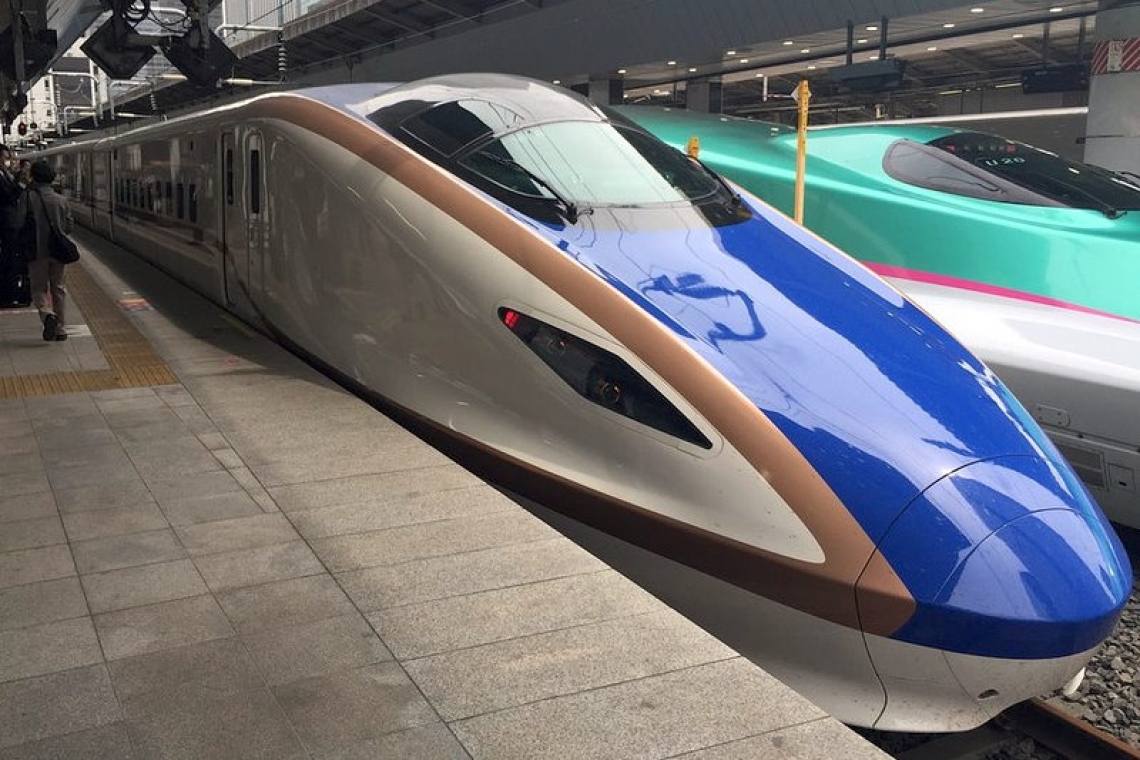Today we will look at high-speed trains. These trains are amazing, modern, fast, quiet and not dirty like the old coal trains were.
Those old trains chuffed up hills and let out lots of coal dust. If you opened a window, you were sure to get a “smut” in your eye (a tiny piece of the coal dust that blew out of the train’s chimney stack).
The old-style trains have a lot of romantic memories for some older people. The memories are of going on an outing, on holiday, even to boarding school far away, and of course using the old train to commute to work and school. Today’s high-speed trains are for getting where you want to go faster and more efficiently than before.
The fastest high-speed train is in Japan – its record is 360 miles per hour (mph). High-speed rail is a passenger train that goes so very much faster than any other train.
Any train that travels faster than 160 mph is considered a high-speed train. You will get to ride on them in Europe and Asia, if you are lucky enough to visit those continents.
The first high-speed rail system started in Japan in 1964. It was called “The Bullet Train” because of its shape, which is streamlined, making it go so much faster. All across Japan is a network of nine high-speed rail-lines that go to 22 major cities.
Japan is a series of islands and these train lines connect the islands, which makes travel easy and fast. This very busy high-speed rail service, the busiest in the world, carries more than 420,000 passengers each day of the week. That is a LOT of people. Most of them are commuting to work. This train can move at 200 mph. Even though it is so fast and has been running for 50 years, there has never been an accident and no passengers have ever been hurt!
France was the next country to have these high-speed trains – they also travel up to 200mph – then Germany followed. Now, many of them move from one country to the next. You can go from France to Italy, Switzerland, Austria and even Slovenia.
China started building high-speed trains quite a while after the European countries started their high-speed railway lines – within the last 15 years. Lots of government funding helped them get started. Now China’s trains are faster than the European ones (at speeds over 200mph).
Travelling by high-speed train is even quicker than travelling by air. When you fly anywhere, you need to be at the airport a few hours before your plane is due to take off. If you go by train, you just need to get there on time that the train is going to leave the station. Remember that trains usually run on time – so never arrive late!
The United States of America does not yet have high-speed trains; they are slow to catch up with the rest of the world. There is one train that does go pretty fast, though. This is the Acela Express. It runs between New York and Washington, DC, and reaches a top speed of 150mph on some stretches of the route. Normally, it travels at about 66 mph.
California is building railway lines for high-speed trains to run between San Francisco, Los Angeles, and Anaheim, but this line may not be completed until 2029. The train that runs between Miami and Orlando travels at about 80 mph.
In the USA, there are many car factories; they also have lots of airplanes, so having a faster train, which costs a lot of money to build, is not thought to be all that necessary. The people who live there are happy to fly or to drive on the big wide roads. Building these high-speed trains is all about whether it will be a money-maker or a money-loser. This is good business planning to work out costs to see if it is feasible to have high-speed trains.







